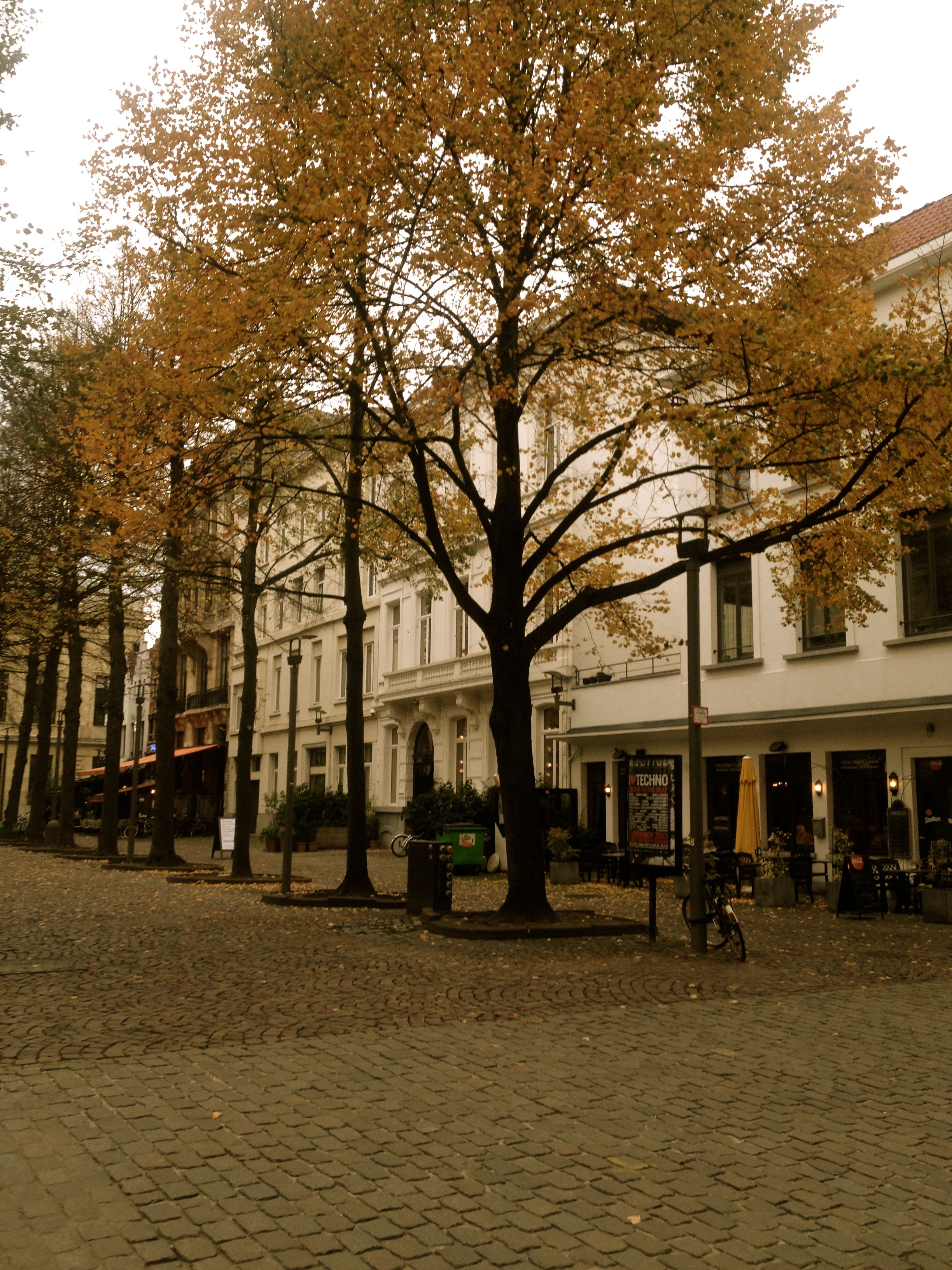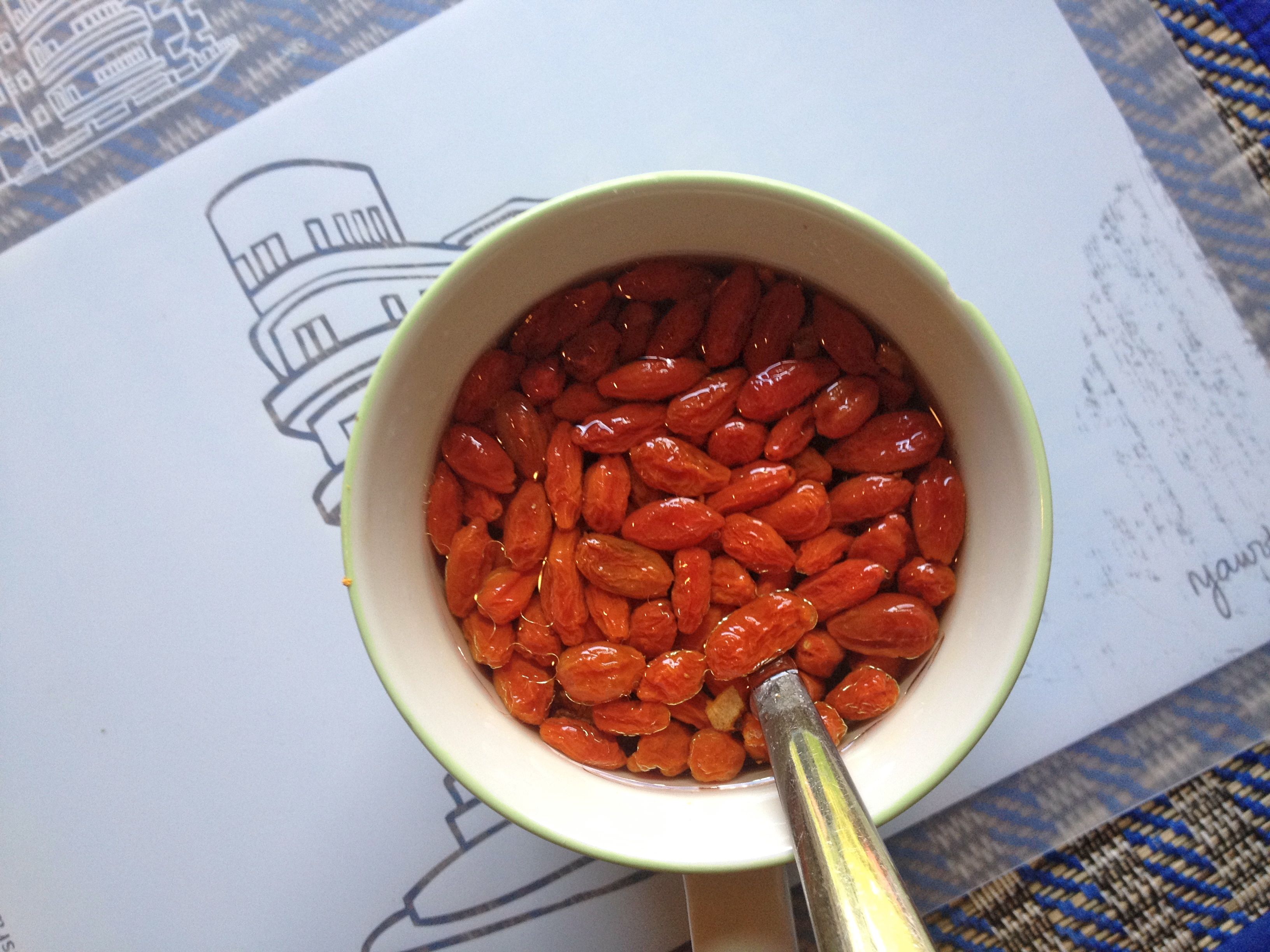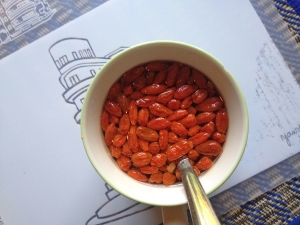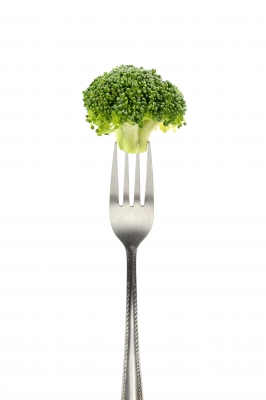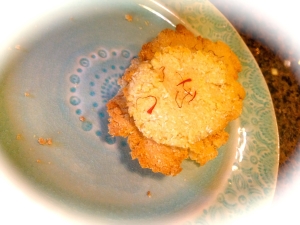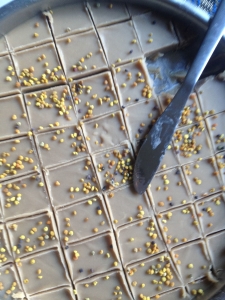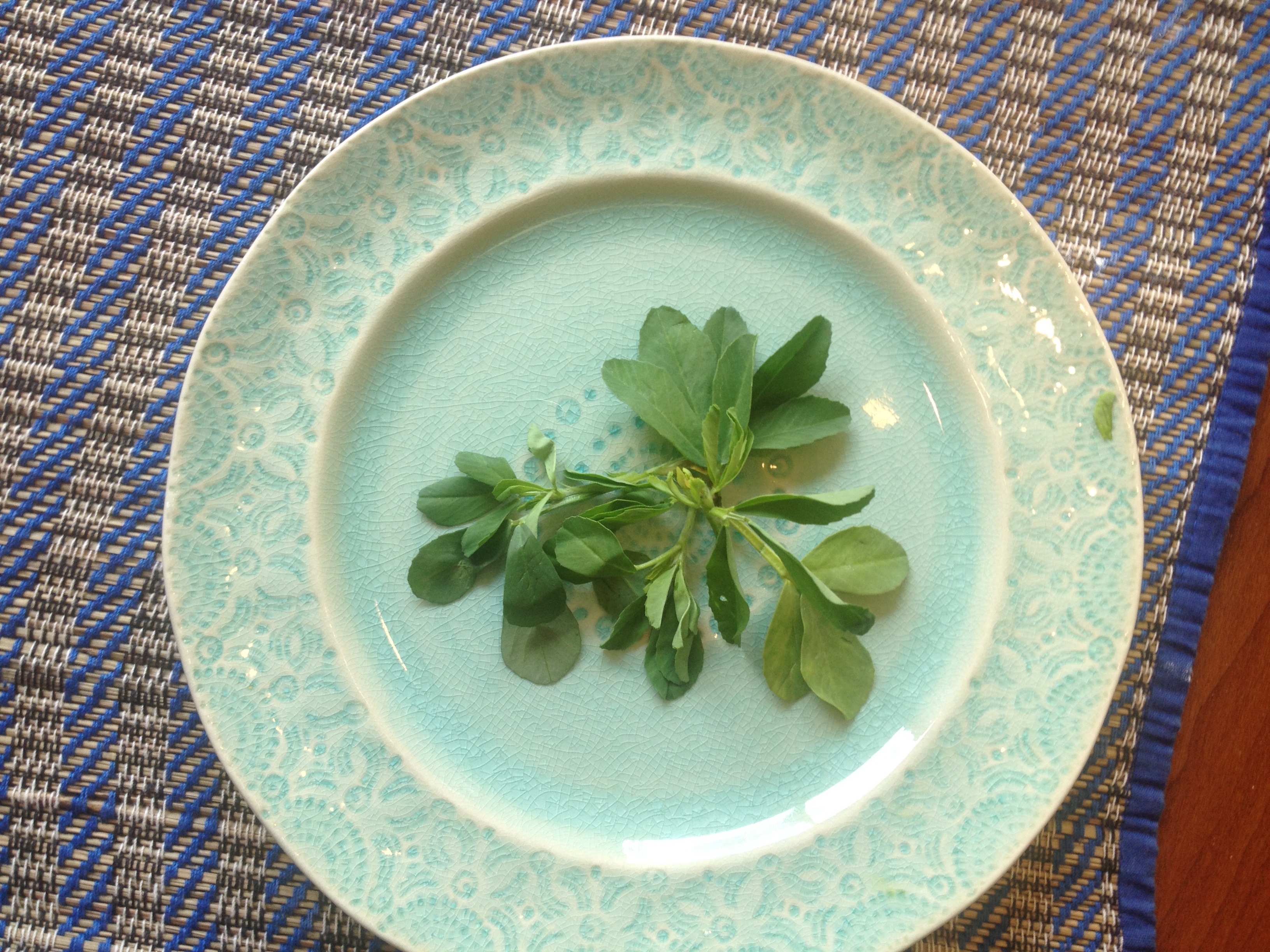A scene from The Good Road, a film that I watched last weekend at a local film festival, was so evocative that it filled me with a visceral longing. What does one of the main characters in the film, a truck driver, do when he is at a difficult crossroads, both physically and emotionally? He perches on top a granite milestone, next to a never-ending highway, amidst an arid landscape, in a squat position and ponders.
Watching him squat on the milestone with ease left me with a yearning to feel that comfortable in my body again. I remember squatting with ease when I was a child to examine exciting objects on the floor or to play with sand on the beach. I squatted in malasana or the garland pose in my yoga classes. I also squatted regularly during my pregnancies in preparation for labor and birth. And then somewhere along the way, I stopped doing yoga, forgot about squats for years until I watched this film last Friday. It triggered a muscle memory of efficacy and familiarity with the squat position that I once possessed.
The benefits of squats are many. Touted as a complete workout in one single movement by fitness trainers and enthusiasts, the movement builds muscle not just in best online casino the lower half of the body, but deep down in the core and the upper half of the body too. Squats create an anabolic environment in the body that promotes the release of the human growth hormone, which in turn builds strength in the entire body. Just as it builds strength, the movement also improves flexibility in the joints, especially in the knees and the lower back. In addition, research studies link squats with increased athletic performance, specifically in the areas of jumping higher and running faster.
In its yogic version or malasana, the squat is considered grounding and centering. An ideal prenatal exercise, it helps stretch the ankles and feet and open up the hips, groin and inner thighs. This pose is useful for decreasing tension from the lower back and also relieving lower back pain. It is said that practicing the pose regularly, improves balance, coordination and concentration. In addition it helps with digestion and elimination. In fact, malasana is considered supreme for metabolism and digestion.
That got me thinking. On a daily basis, we digest so much more than the food we eat. We digest and metabolize the books we read, the music we hear, the air we breathe, the sights we see and the emotions we feel. Is that what that truck driver in the film was doing? Did the squat on the milestone help him metabolize the difficult circumstances around him? Is squatting elemental to the human condition? Without spoiling the film for you (just in case you decide to watch it), I’ll say that he decided to do the right thing. He decided to choose light over darkness.
Life poses big and difficult questions, and sometimes getting into a pose can help us process them. These days you will find me squatting or at least trying to squat with childlike glee. I have examined the contents of all the lower cabinets in my kitchen in the squat position (with support). I’m also brushing my teeth in the squat position. At least for me, the benefit of squatting is squatting itself, it is a reward in itself. It is deeply satisfying in and of itself. Strength, musculature, elasticity, balance, increased mobility, concentration, enhanced digestion and a better metabolism are just bonus.
Sources:
- Dr. Mercola; Squats: 8 Reasons to do this Misunderstood Exercise
- Mark’s Daily Apple; Why Squatting Is So Important (plus Tips on How to Do It Right)
- Journal of Strength and Conditioning Research; Concurrent strength and endurance training effects on running economy in master endurance runners.
- Love my Yoga; Squat Pose
- Image Credit: Rediff.com

